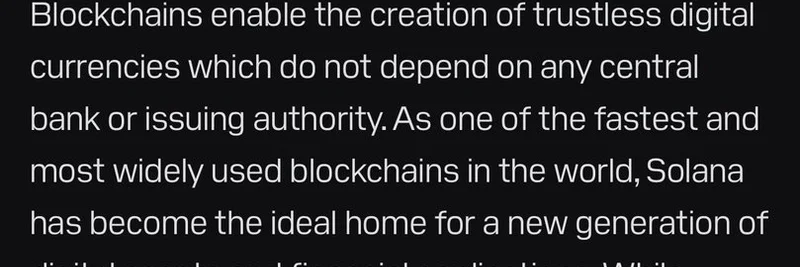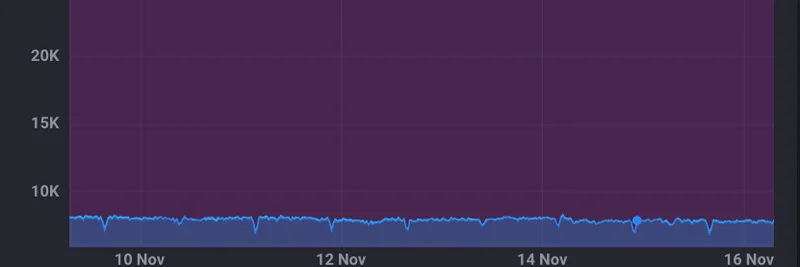In the fast-paced world of crypto, discussions about asset privacy and liquidity often spark heated debates. Recently, Matty Tay, co-founder of Colosseum and a former Solana team member, chimed in on a tweet from Kyle Samani of Multicoin Capital. Samani suggested wrapping Bitcoin for privacy and moving it to Solana, but Matty pointed out the pitfalls: fragmented liquidity and reliance on risky third parties.
He highlighted Zcash as an L1 with built-in privacy but lacking Solana's vibrant ecosystem. Wrapping ZEC? Same issues as wrapped BTC. Then came the intriguing hook: "But there is a 3rd option." Attached was an image introducing ORE, positioning it as a fresh take on digital value storage.
What is ORE?
ORE is essentially a digital store of value built directly on the Solana blockchain. Unlike traditional currencies tied to central banks, ORE leverages blockchain's trustless nature—no single authority controls it. Solana, known for its speed and widespread adoption, serves as the perfect foundation for this new asset.
The motivation behind ORE? Blockchains allow for decentralized currencies, but many existing digital stores of value aren't native to Solana. They depend on third-party intermediaries, introducing risks and complexities. ORE changes that by being designed from the ground up as a Solana-native asset, emphasizing maximal freedom and minimal trust assumptions.
In simple terms, if you're familiar with Bitcoin's proof-of-work (PoW) mining, ORE brings a similar concept to Solana. It's mineable by anyone, using Solana's high-throughput network to make the process efficient and accessible. Created by developer Hardhat Chad, ORE aims to recreate the early Bitcoin mining vibe but with Solana's modern twists.
Why Native Assets Matter Over Wrapped Ones
Matty's tweet underscores a key pain point in crypto: wrapping assets from other chains often splits liquidity pools, making trading less efficient and more expensive. Plus, bridges and wrappers can be vulnerable to hacks or failures—think of the trust you place in those protocols.
Replies to the tweet echoed this sentiment. One user proclaimed, "Native > Wrapped," while another emphasized trusting only native assets. A third highlighted how ORE addresses ecosystem unity, solving intangible issues in Solana's space.
For meme token enthusiasts, ORE stands out because its mining mechanism has created a buzz similar to early meme coin pumps. It's not just a utility token; the community-driven mining has meme-like hype, drawing in miners and traders alike. Tools like Backpack Wallet make it easy to start mining ORE, turning your device into a mini rig without heavy hardware.
Getting Started with ORE Mining
If you're intrigued, mining ORE is beginner-friendly. You'll need a Solana wallet like Phantom or Backpack, some SOL for fees, and access to mining software. Sites like ore.supply provide guides, and resources from QuickNode or Helius break it down step-by-step.
Remember, mining involves solving cryptographic puzzles to earn ORE tokens, secured by Solana's validators. It's a way to participate in the network while potentially earning rewards—much like staking, but with a PoW flavor.
The Broader Impact on Solana and Meme Tokens
This conversation ties into larger trends in the Solana ecosystem, where native innovations are pushing boundaries. Meme tokens thrive on Solana due to low fees and fast transactions, and projects like ORE add a layer of serious utility beneath the fun. It could unify fragmented assets, boosting overall liquidity and developer activity.
As blockchain practitioners, keeping an eye on native developments like ORE helps you stay ahead. Whether you're mining for fun or building apps, it represents the evolution of trustless finance.
Check out the original tweet for more context, and dive into ORE to see if it's the third option you've been waiting for.


